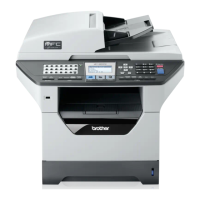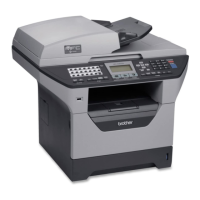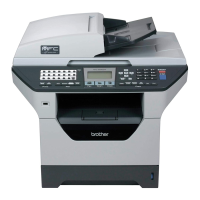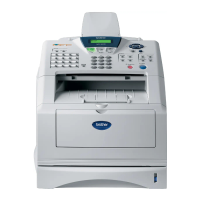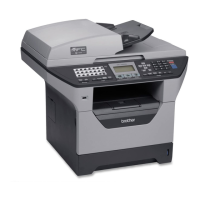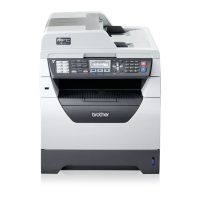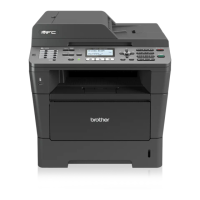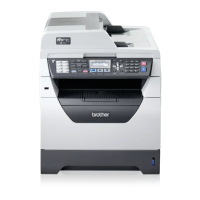8
92
8
Internet printing for Windows
®
Overview
Brother's Brother Internet Print (BIP) software, for Windows
®
98/Me and Windows NT
®
4.0, allows a PC user
at one location to send a print job to a Brother machine at a remote location via the Internet. For example, a
user on a PC in New York could print a document directly from their Microsoft Excel application program to
a printer in Paris.
Windows
®
2000/XP users can also use this BIP software, but are recommended to use the IPP protocol
support that is part of the Windows
®
2000/XP operating systems. Skip to the “Windows
®
2000 IPP Printing”
section of this document.
Quick Tips
1
Windows
®
2000/XP users can print using TCP/IP using the standard Network Printing software and IPP
protocol software built into any Windows
®
2000/XP installation.
2
Windows
®
98/Me users can send print jobs using the IPP protocol via a Windows
®
2000 computer,
provided that the Microsoft Internet Print Services software is installed on the client PC, Internet
Information Server (IIS) is installed and running on the server and that the client PC is using version 4
or later of Microsoft Internet Explorer.
Brother Internet Print General Information
The BIP software is installed using a standard Windows
®
98/Me/2000/XP and Windows NT
®
4.0 Installation
Wizard. It creates a virtual port on the Windows
®
98/Me/2000/XP and Windows NT
®
4.0 PC that operates in
a similar way to the standard LPT1 printer port from the application program point of view. The user can use
the Windows
®
98/Me/2000/XP and Windows NT
®
4.0 Print Manager to create a printer that uses this port
along with a standard Windows
®
98/Me/2000/XP and Windows NT
®
4.0-compatible printer. Any Windows
®
98/Me/2000/XP and Windows NT
®
4.0 applications program can therefore print to this printer (and hence to
the virtual port) without modification or operational procedure.
When a job is printed to the BIP virtual port, it is actually MIME-encoded (converted to a standard Internet
E-mail message) and sent out to a Brother print server at the remote location. This means that BIP is
compatible with most common E-mail software packages. The only requirement is that the E-mail server be
capable of sending E-mail message over the Internet.
In more detail, the procedure works in the following way:
■ If you are connected to a Local Area Network, the E-mail message is passed to the E-mail server, which
in turn transmits the message out over the Internet using the SMTP protocol (Simple Mail Transport
Protocol) to the remote print server.
■ If you are connecting via a modem directly to an Internet Service Provider (ISP), the ISP handles the
routing of the E-mail to the remote print server.
■ At the remote site, an E-mail server receives the E-mail message. The remote print server, which has its
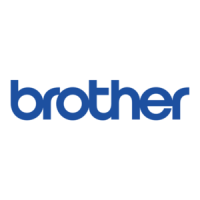
